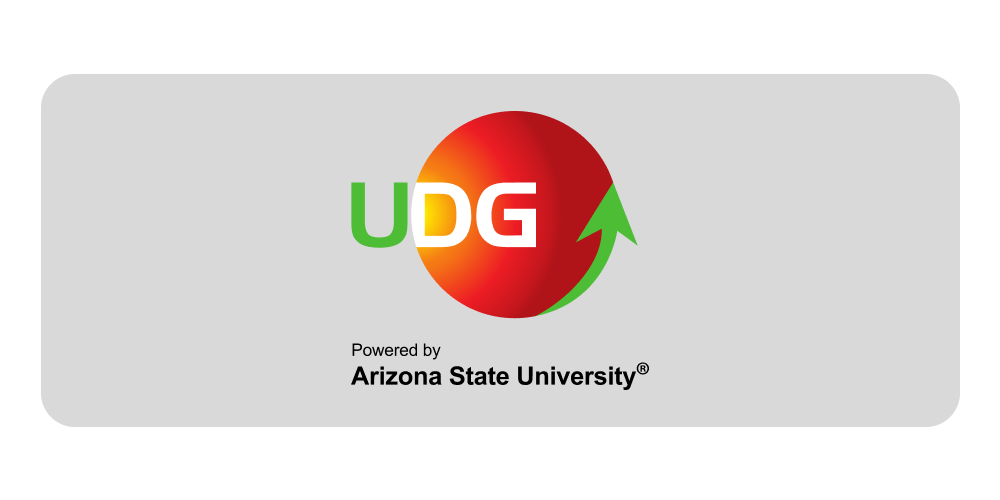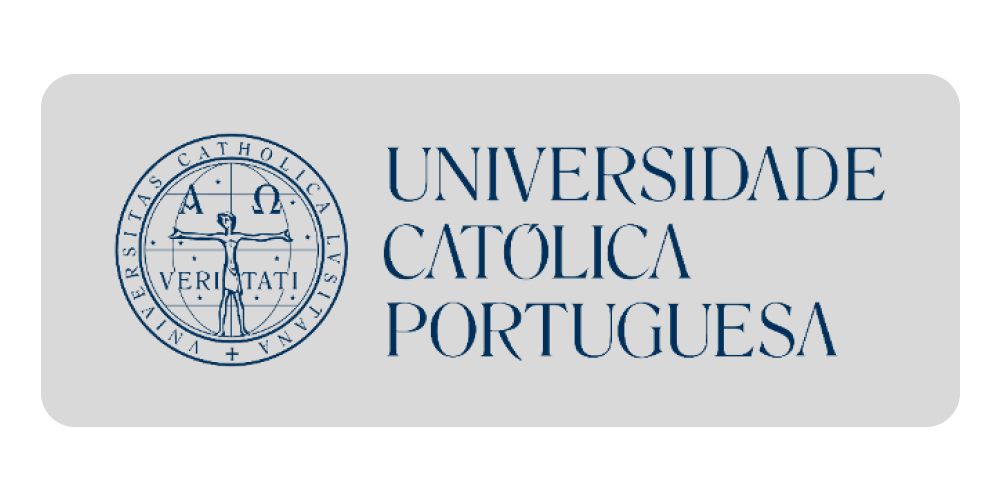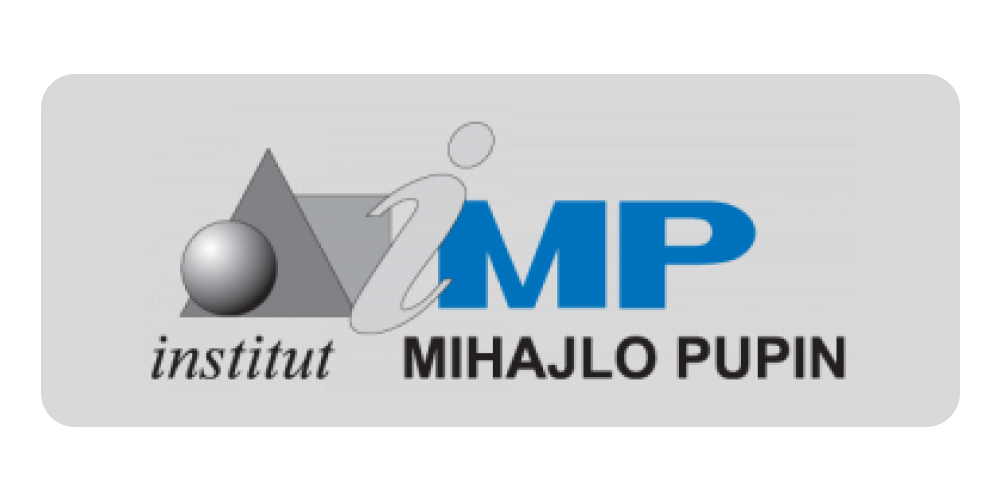Croatian society of agronomist
Exterior features of the Posavina horse from the area of the Odra and Lonja field
2005
Croatian
Posavski konj predstavlja prepoznatljiv autohtoni hladnokrvni pasminski genotip, premda njegov temperament i neke konformacijske odlike upućuju na toplokrvno podrijetlo. Uzgojno područje posavskog konja danas uglavnom obuhvaća prostor Sisačko-moslavačke i Zagrebačke županije, premda se u manjem broju uzgaja i u drugim dijelovima Hrvatske. Autohtonost posavskog konja nije upitna ukoliko upoznamo genezu posavskog konja, vezanu uz stoljetne Hrvatske prostore. Genetski potencijal posavskog konja i danas je očit u njegovoj prilagodljivosti osobitim ekstenzivnim uvjetima držanja. Istraživanjem su utvrđene tjelesne mjere dijela populacije posavskog konja s područja Odranskog i Lonjskog polja. Utvrđene vrijednosti deset osnovnih tjelesnih mjera ne odstupaju značajno od ranije utvrđenih vrijednosti obilježja posavskog konja. Visina grebena posavskog konja uzgojnog područja Odranskog i Lonjskog polja iznosi 142,60 cm, obujam prsa 191,22 cm te obujam cjevanice 20,85 cm. Umjerena varijabilnost izraženosti mjerenih obilježja ukazuje na dobru konsolidiranost uzgoja. Korelacijska povezanost obilježja je pozitivna i uglavnom signifikantna (P<0,01), jače izražena između visinskih a slabije između širinskih tjelesnih mjera. Utvrđene su signifikantne razlike u izraženosti većine tjelesnih obilježja s obzirom na spol. Pastusi su u grebenu viši za 4,55 cm, u križima za 3,33 cm, te imaju za 1,34 cm veći obujam cjevanice. Utvrđena je signifikantna različitost srednjih vrijednosti visine grebena, visine križa i širine prsa subpopulacija posavskih konja uzgojnih područja Gornje i Donje Posavine. Utvrđene spoznaje mogu poslužiti za usmjeravanje uzgojnog rada na konsolidiranju posavskog konja.The Posavina horse represents the recognisable autochthonous cold-blooded breed genotype, although its temperament and some conformation features indicate a warm-blooded origin. The breeding area of the Posavina horse today comprises the area of Sisak-Moslavina and Zagreb county, although, in a smaller number it has been bred in other parts of Croatia. The autochthonism of the Posavina horse is not questionable if we learn about the genesis of the Posavina horse, connected with hundreds of years in the area of Croatia. The genetic potential of the Posavina horse is obvious today in its adaptability to special extensive keeping conditions. The research has determined the body measurements of the part of the Posavina horse from the Odra and Lonja field. The established values of ten body measurements do not significantly deviate from the previously determined values of the Posavina horse features. The back height of the Posavina horse from the breeding area of the Odra and Lonja field is 142.60 cm, the chest volume 191.22 cm and the long bone volume 20.85 cm. The moderate variability in of measured features indicates good breeding consolidation. The correlation connection of features is positive and mostly significant (P<0,01), more expressed among the height and weaker among width body measurements. Significant differences in expressiveness of the majority of body features regarding the sex have been found. The withers of stallions are higher by 4.55 cm, their hips are higher by 3.33 cm and their tibia circumference is by 1.34 cm bigger. A significant difference in the mean height values of the withers, hip and chest of the Posavina horse subpopulation of the breeding areas of Upper and Lower Posavina has been determined. This can be used in directing the breeding work on the consolidation of the Posavina horse
Croatian society of agronomist
Exterior features of the Posavina horse from the area of the Odra and Lonja field
Posavski konj predstavlja prepoznatljiv autohtoni hladnokrvni pasminski genotip, premda njegov temperament i neke konformacijske odlike upućuju na toplokrvno podrijetlo. Uzgojno područje posavskog konja danas uglavnom obuhvaća prostor Sisačko-moslavačke i Zagrebačke županije, premda se u manjem broju uzgaja i u drugim dijelovima Hrvatske. Autohtonost posavskog konja nije upitna ukoliko upoznamo genezu posavskog konja, vezanu uz stoljetne Hrvatske prostore. Genetski potencijal posavskog konja i danas...
Preuzmite dokument
Croatian
2005
 Saša Paprika
,
Ante Ivanković
Saša Paprika
,
Ante Ivanković






